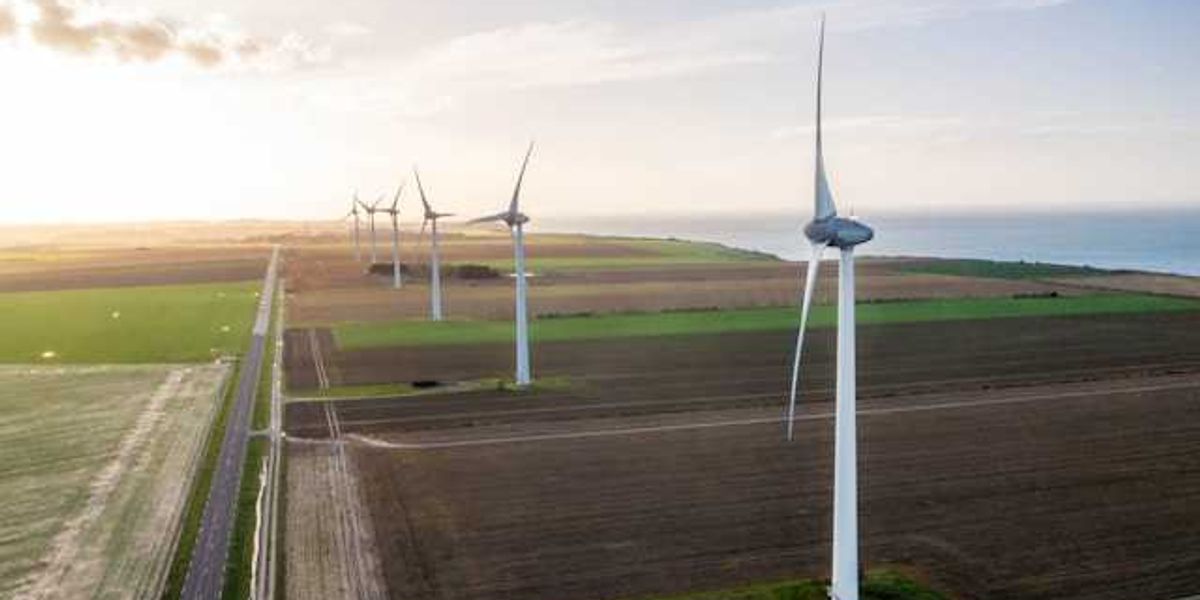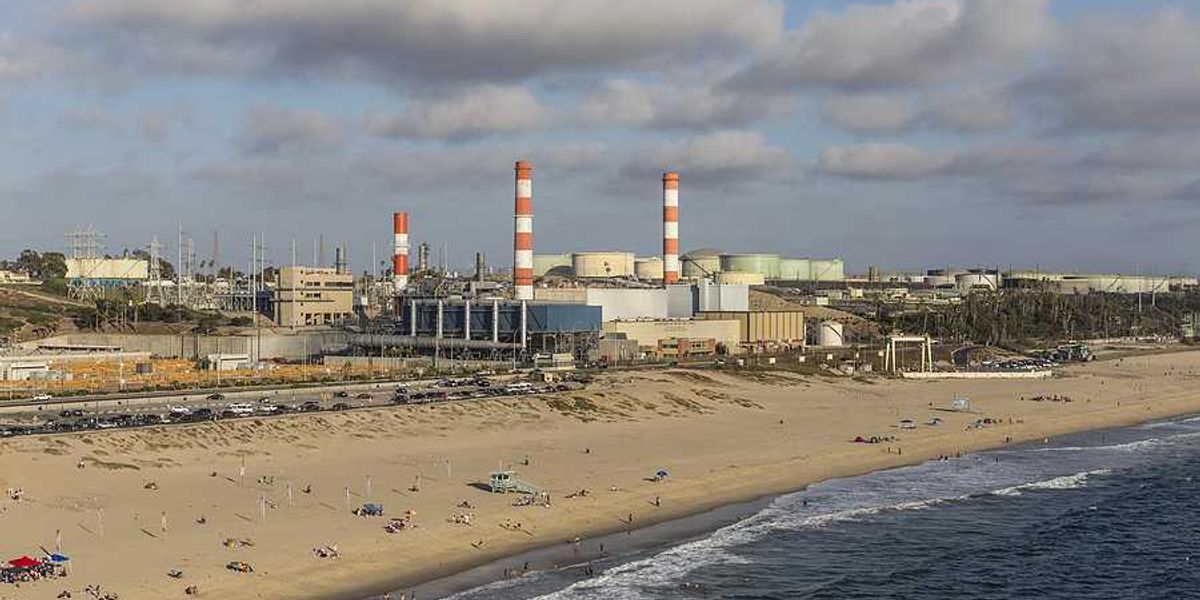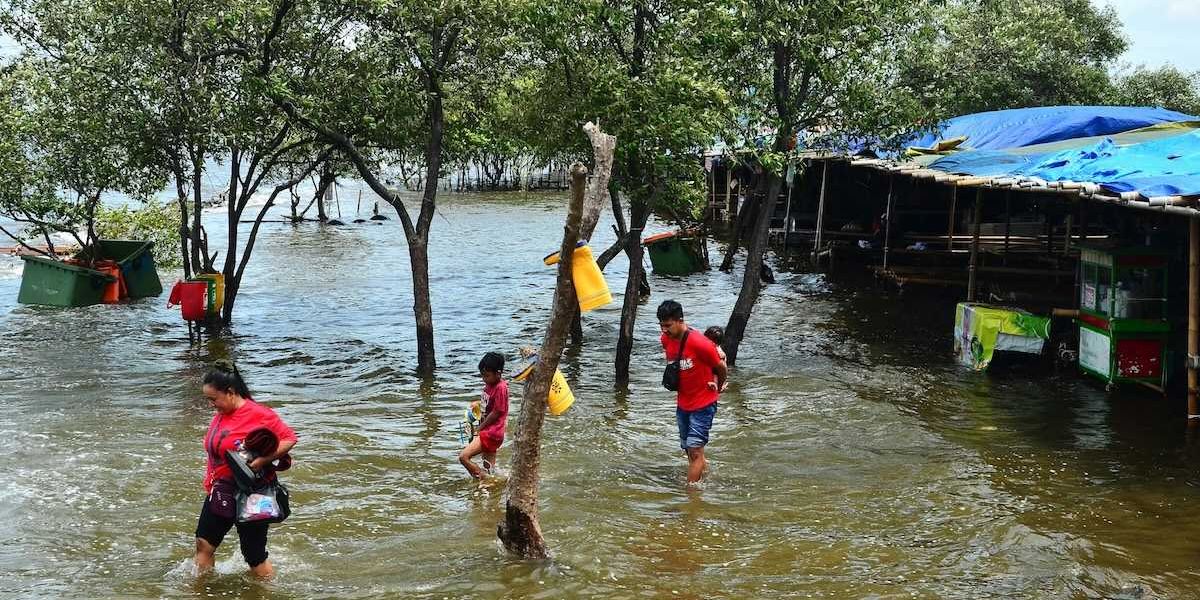Hospitals and clinics often vanish after climate disasters, study finds
Counties hit by severe climate-related disasters often lose vital health care facilities in the years that follow, according to new research analyzing more than a decade of U.S. data.
Erin Blakemore reports for The Washington Post.
In short:
- A study in the International Journal of Environmental Research and Public Health found that counties affected by major climate disasters saw significant drops in inpatient hospital care and outpatient services over time.
- Moderate disasters, by contrast, were associated with increased health care access, which researchers say may reflect uneven post-disaster investments.
- Pharmacies were largely unaffected by disaster severity, possibly due to preexisting "pharmacy deserts" and the rise of mail-order services.
Key quote:
“More affluent communities often have better connections, such as political influence, that help them maintain these important health institutions following a period of crisis.”
— Yvonne Michael, professor of epidemiology at Drexel University’s Dornsife School of Public Health
Why this matters:
As climate-driven disasters increase in frequency and severity, communities face not only the immediate fallout of floods, wildfires, wind damage but also the erosion of health infrastructure critical for long-term recovery. Hospitals and clinics are expensive to rebuild and often don’t return to areas where population or funding is scarce. This leaves rural, low-income, and historically underserved communities more vulnerable to untreated illnesses, chronic disease flare-ups, and delayed emergency care. When health care providers shut down or relocate, the burden often falls on residents to travel long distances for care, exacerbating inequities. The trend raises concerns about disaster response planning and whether rebuilding efforts are equitably distributed, especially as the health effects of climate change widen existing health disparities.
Related: Medical professionals adapt to health challenges posed by climate change













